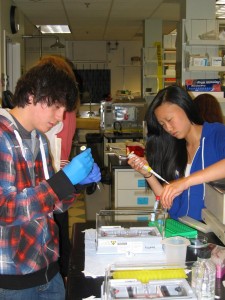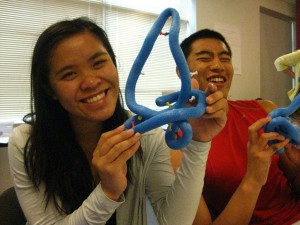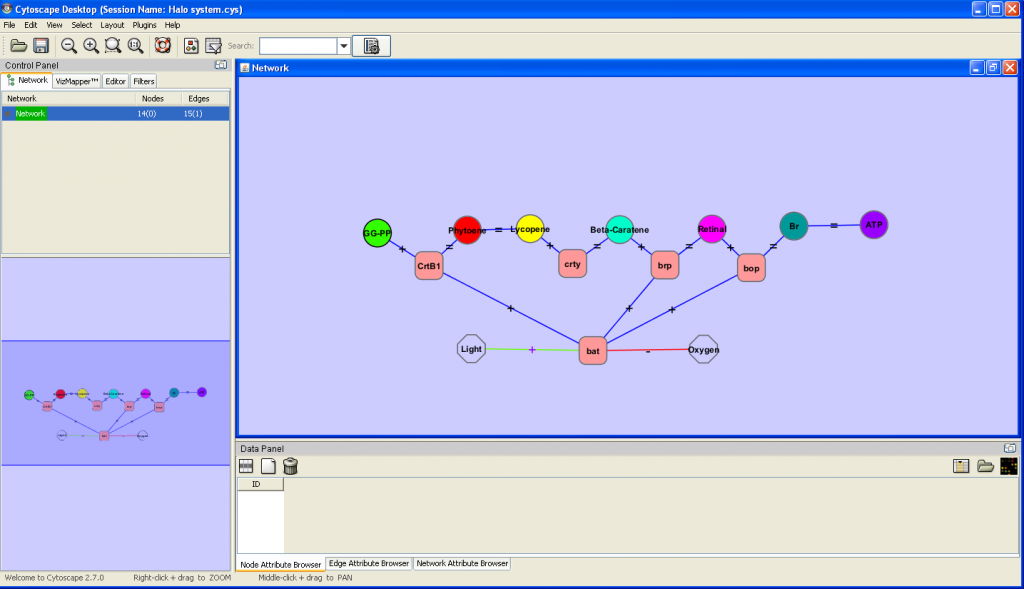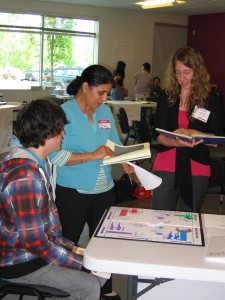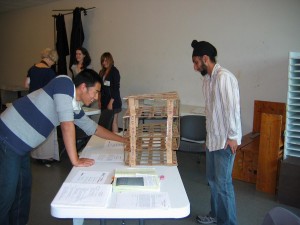Dynamic DNA Summer Course

Exploring Biological Systems and Genetic Research
Summer Course for High School Students
DigiPen Institute of Technology, Northwest Association for Biomedical Research (NWABR) and the Baliga Lab launched a 90-hour course for 10-12th graders that will be sustained through Washington Network of Innovative Careers.
Through combining the NSF funded curricula created at NWABR (DRL-0833779) and the Baliga Lab (DBI-0640950), Puget Sound area students learned about today's science concepts, techniques, and careers. Students first learned to consider complex interactions in the context of networks and biological systems. Next they were introduced to the tools scientists use to make sense of complex data. Students applied these concepts to design and complete their own experiments to determine how microorganisms respond to their environment. They used software programs to compile multiple data types to describe and visualize the gene network involved. Students furthered their learning to study how mutations in genes can cause cancer and learned how studying DNA and proteins can help us understand evolution. Students became adept at using bioinformatics to identify fish samples and to visualize protein molecules. Laboratory and interactive experiences included microbiology, systems biology, DNA purification, and DNA sequencing. DigiPen provided a terrific learning environment for this 3-week course and taught students gaming theory. Students showcased their learning by giving a lightning talk and by sharing the game they created based on their new understanding.
(Please note: This is a News Piece from July 2010. Since then, we have continued this course each summer. See the WaNIC webpage for more details on registering.)


